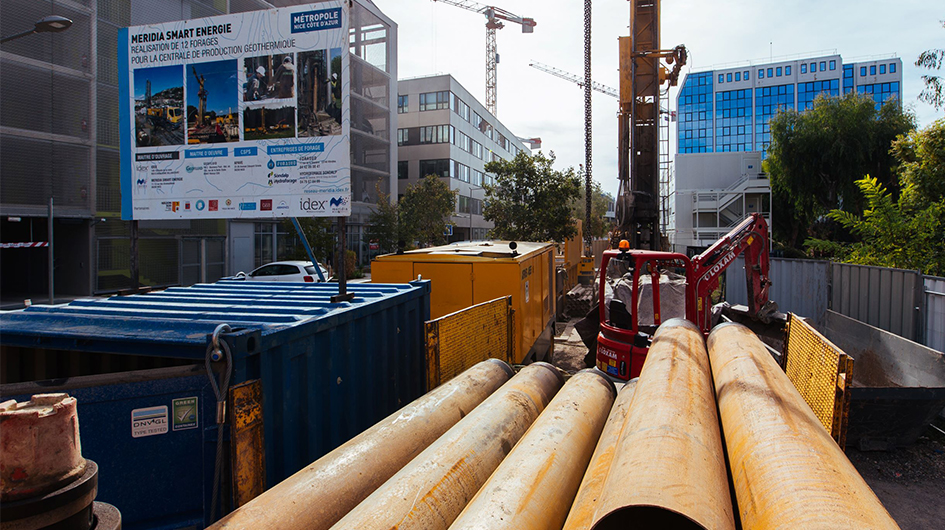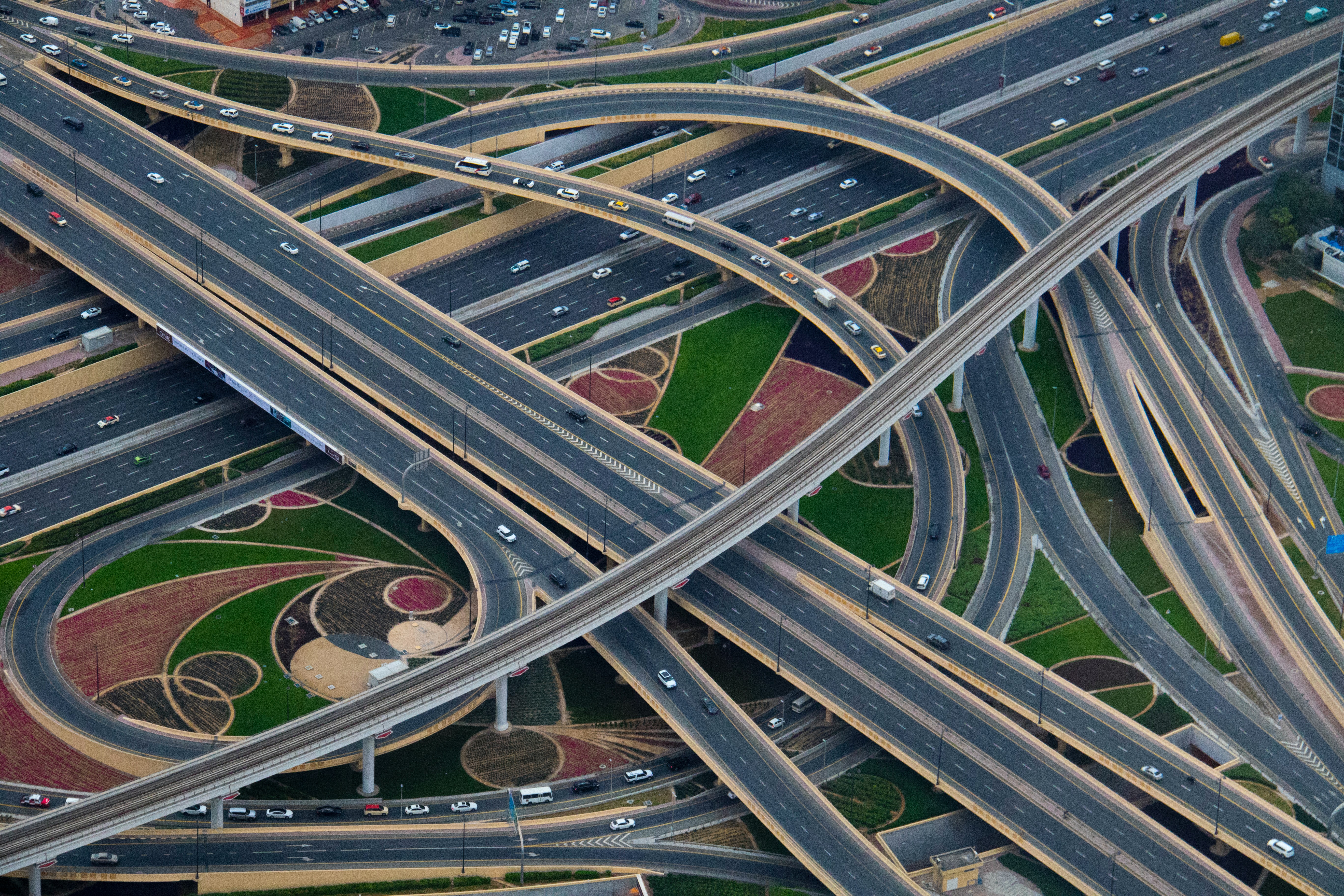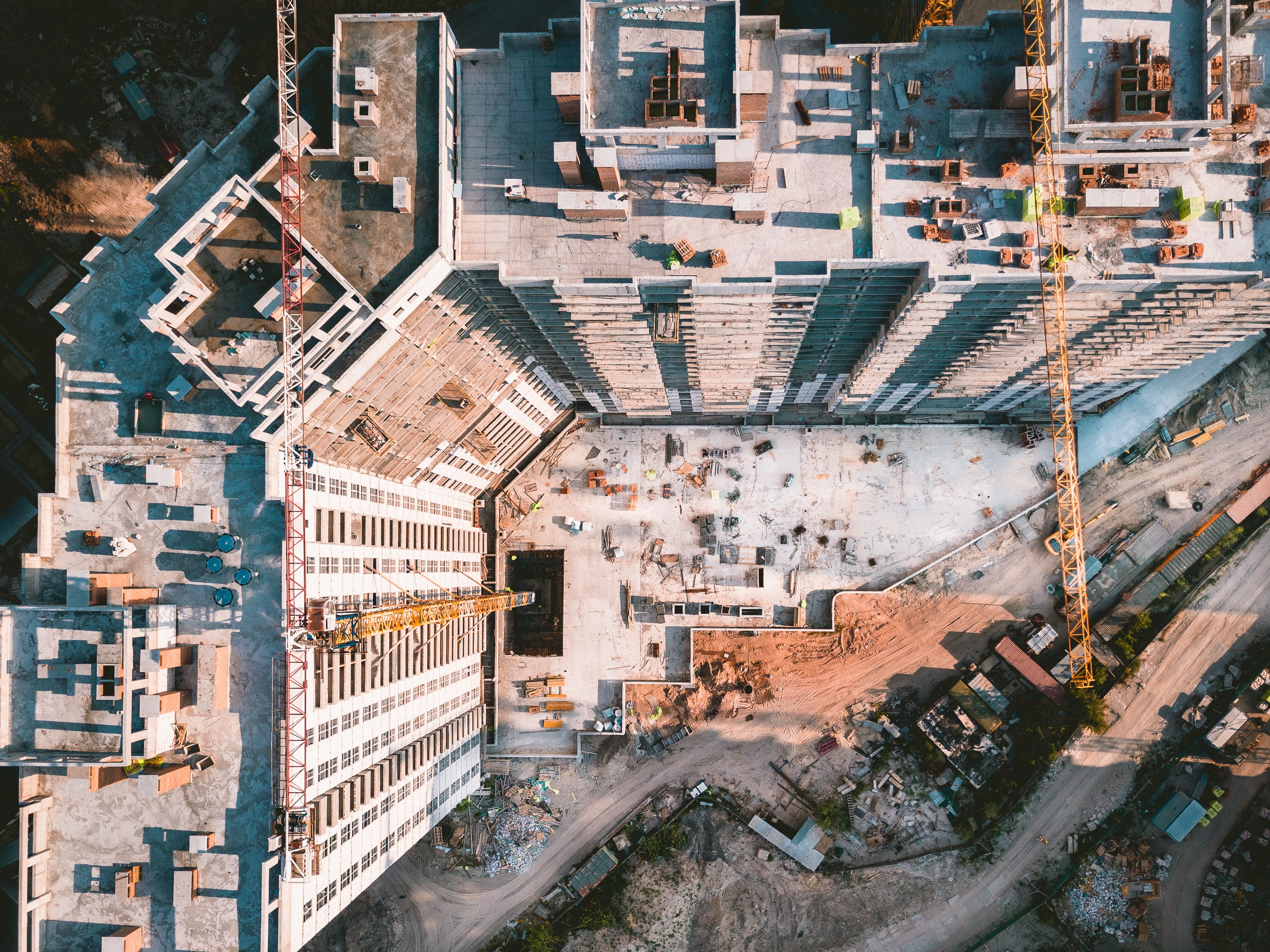Articles
Filter by
196 results found
Articles
As countries announce major infrastructure packages to stimulate their post-pandemic recovery, the sector faces two substantial and related challenges: climate change and a funding shortfall, writes Marie Lam-Frendo, Chief Executive Officer of the Global Infrastructure Hub.
Read time: 5 minutes
Published
30 Jul 2021
View article


Articles
Infrastructure projects are capital-intensive and emerging countries often rely on private investment to implement them. As projects generate revenues in local currency (usually escalated by local inflation), the mismatch between the revenues and the debt service in foreign currency represents a major risk. Without a reliable mechanism to properly mitigate the foreign exchange (FX) risk, relevant sources of potentially long-term and less expensive funding are not accessible. A deep assessment of the FX risk and the development of innovative mitigatory solutions is critical to amplify the offer of long-term credit facilities for infrastructure financing.
Read time: 4 minutes
Published
30 Jun 2021
View article


Articles
Institutional investors are facing growing calls for a stronger engagement in development, in particular for infrastructure, climate and social investments. The investment requirements for global sustainable development are huge. State budgets are already stretched in most emerging markets and developing countries (EMDE), with tax bases weakened and public debt piling up.
Read time: 5 minutes
Published
20 May 2021
View article


Articles
With signs of increasing international cooperation on climate change, including the Biden Administration’s commitment to halve America’s net greenhouse gas pollution by 2030, we may finally see new levels of momentum for transnational or cross-border renewable energy projects, which the United Nations has cited as required for the achievement of Sustainable Development Goal 7: Affordable and Clean Energy.
Read time: 5 minutes
Published
27 Apr 2021
View article


Articles
David Baxter discusses how climate change and COVID-19 reveals an urgent need for resilient infrastructure.
Read time: 4 minutes
Published
11 Mar 2021
View article


Articles
The benefits of infrastructure spending during an economic downturn for New Zealand are explored.
Read time: 4 minutes
Published
23 Feb 2021
View article


Articles
In 2018, the City of Nice in southern France signed a 25 year contract with IDEX to design, finance, realise, operate, and maintain a heating and cooling network as well as to implement a smart grid for energy efficiency. IDEX is implementing this project in the 500,000m2 Nice Meridia district, which is home to office space, retail, leisure, housing, schools, and a hospital.
Read time: 5 minutes
Published
14 Jul 2021
View article


Articles
In March 2021, the Global Infrastructure Hub (GI Hub) and Infrastructure Australia hosted the inaugural International Forum of Infrastructure Bodies (I-Bodies). The golden thread running throughout the forum was the pivotal role I-Bodies play in either strategic planning for infrastructure or funding and financing infrastructure in their jurisdictions.
Read time: 4 minutes
Published
15 Jun 2021
View article


Articles
In this blog, Svetlana and Roberto discuss the major cross-border projects currently being planned and delivered with Russia’s involvement, and the importance of comprehensive quality assessment in delivering these projects. Their discussion practically illustrates several elements of successful cross-border project delivery that are detailed in the GI Hub’s cross-border reference guide, Connectivity Across Border.
Read time: 8 minutes
Published
13 May 2021
View article


Articles
The urgent need for resilient infrastructure is widely acknowledged as pressure mounts on governments around the world to drive a post-pandemic recovery that embodies the promise of ‘building back better.’ Today, we look at what the pandemic has shown us about resilience in infrastructure and what resilient infrastructure might look like in the future.
Read time: 3 minutes
Published
09 Apr 2021
View article


Articles
The Global Infrastructure Hub (GI Hub) strives to be an organisation where the different backgrounds and perspectives of our people contribute to diversity of thought and approach, enabling us to better live our values and achieve our mission. This diversity includes gender diversity with an awareness of our particular ability to bring attention to the need for gender equality and inclusion in infrastructure.
Read time: 10 minutes
Published
05 Mar 2021
View article


Articles
As stimulus spending ramps up, a ten-year trend study shows private investment in new infrastructure has declined since 2010.
Read time: 6 minutes
Published
12 Feb 2021
View article


Articles
Delivering quality infrastructure will increasingly become a key priority for governments globally, requiring substantial investment from both the public and the private sectors.
Read time: 5 minutes
Published
09 Jul 2021
View article


Articles
Transparency International Australia is launching a new project to identify the loopholes that enable corruption to thrive in the infrastructure sector in the Asia-Pacific region.
The first step in this project is the development and testing of a new tool, to help understand corruption risks in transnational infrastructure projects in the Asia-Pacific region. The Infrastructure Corruption Risk Assessment Tool will help its users identify, assess and address corruption risks in the process of approving infrastructure projects.
The global demand for infrastructure, and many governments’ eagerness to facilitate large volumes of infrastructure spending, means this tool comes at a critical time. Many countries, including the UK, Australia and France, as well as countries in the Asia-Pacific, have responded to the economic downturn caused by the coronavirus pandemic with commitments to boost infrastructure spending. While this increased funding is welcome, it comes with an increased risk of corruption.
Read time: 6 minutes
Published
09 Jun 2021
View article


Articles
Latin American and the Caribbean countries have a large, and increasing, infrastructure quantitative, qualitative and efficiency gap. The lack of sufficient physical assets, inadequate maintenance and poor service provision negatively impacts the quality of life of its population and the competitiveness of its economies.
Read time: 6 minutes
Published
06 May 2021
View article


Articles
Meet three women leaders who are transforming infrastructure development in Latin America.
Read time: 4 minutes
Published
18 Mar 2021
View article


Articles
Policy and regulatory implications of recent advances in the benchmarking of infrastructure investments.
Read time: 5 minutes
Published
25 Feb 2021
View article


Articles
From robust governance to leadership, discover why Singapore is a global leader in infrastructure.
Read time: 3 minutes
Published
16 Feb 2021
View article






















